The development of early aviation is filled with fascinating stories that go beyond the well-known achievements of pioneers like the Wright brothers. From surprising technological breakthroughs to little-known inventors who helped shape the future of flight, these rarely known facts reveal how the dream of soaring through the skies became a reality. Discover the hidden details that propelled aviation into the modern age.
The First Flight Predated the Wright Brothers
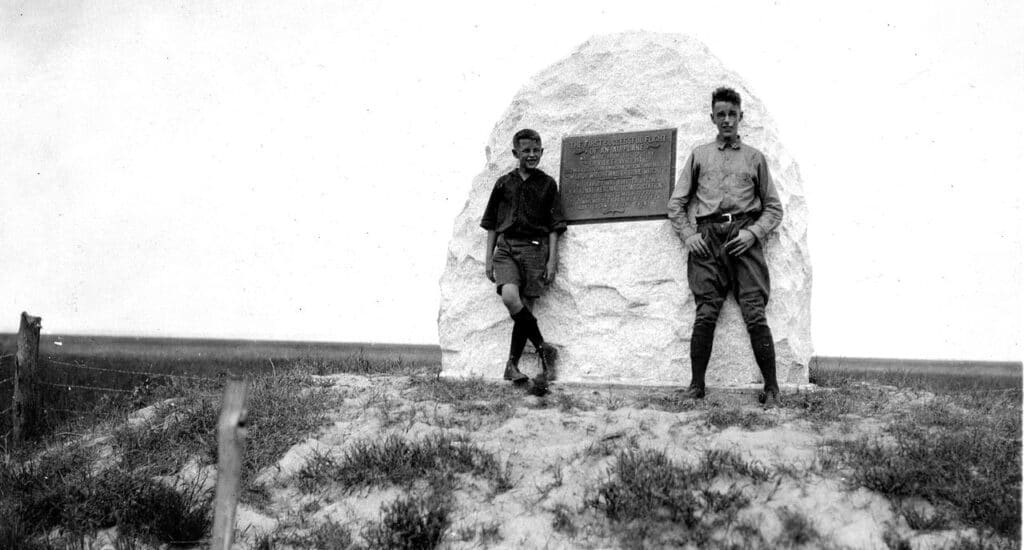
Many believe the Wright brothers were the first to fly, but Gustave Whitehead, a German immigrant in the U.S., reportedly flew a powered aircraft in 1901, two years before the Wright brothers’ flight at Kitty Hawk. His flight, though not as well-documented, shows the global effort in early aviation.
The Wright Brothers’ Secretive Approach
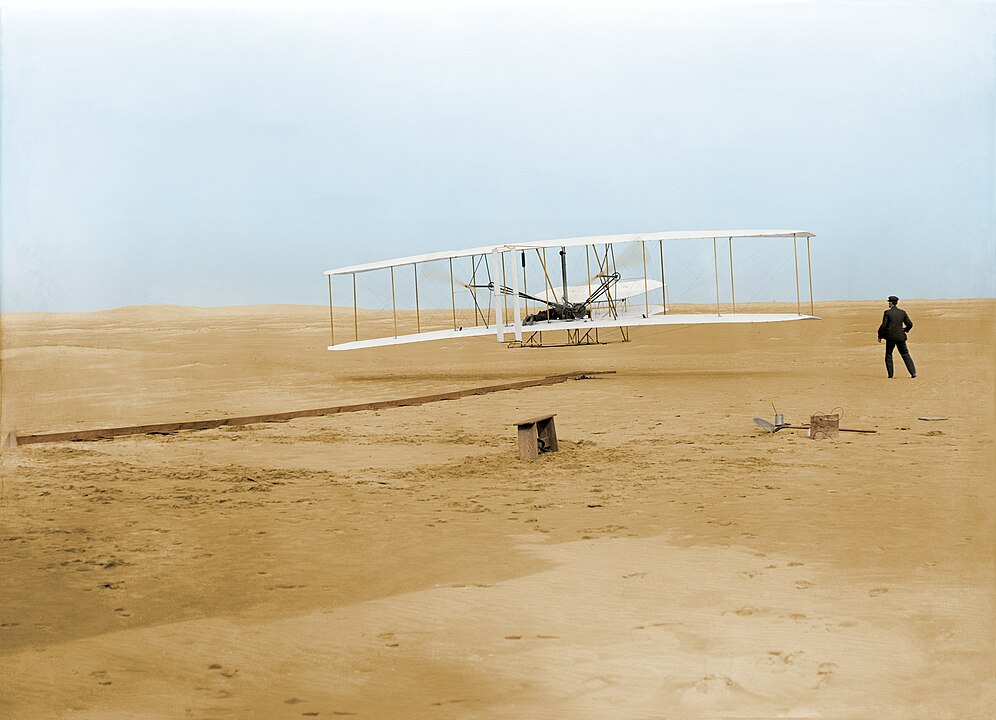
The Wright brothers kept their progress hidden from the public for several years, fearing their ideas would be stolen. This cautious approach delayed wider recognition of their contributions to powered flight, but it also helped them secure essential patents that would protect their work.
Alberto Santos-Dumont’s Public First Flight
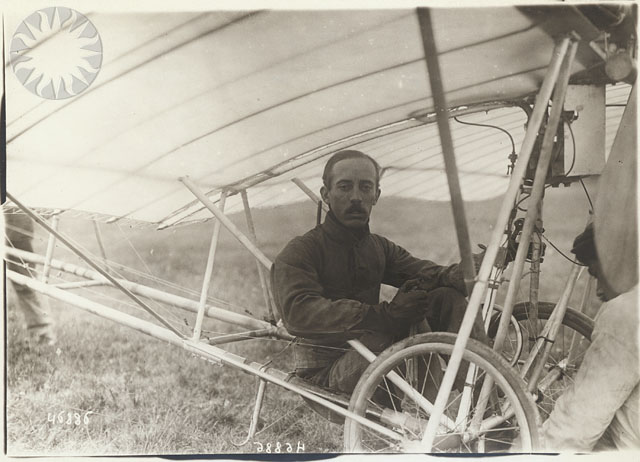
While the Wright brothers flew in secret, Brazilian aviator Alberto Santos-Dumont made the first public powered flight in Paris in 1906. His airplane, the 14-bis, was a pivotal moment in aviation history, as it was witnessed by hundreds, confirming the potential of powered flight.
Gliders Paved the Way for Powered Flight
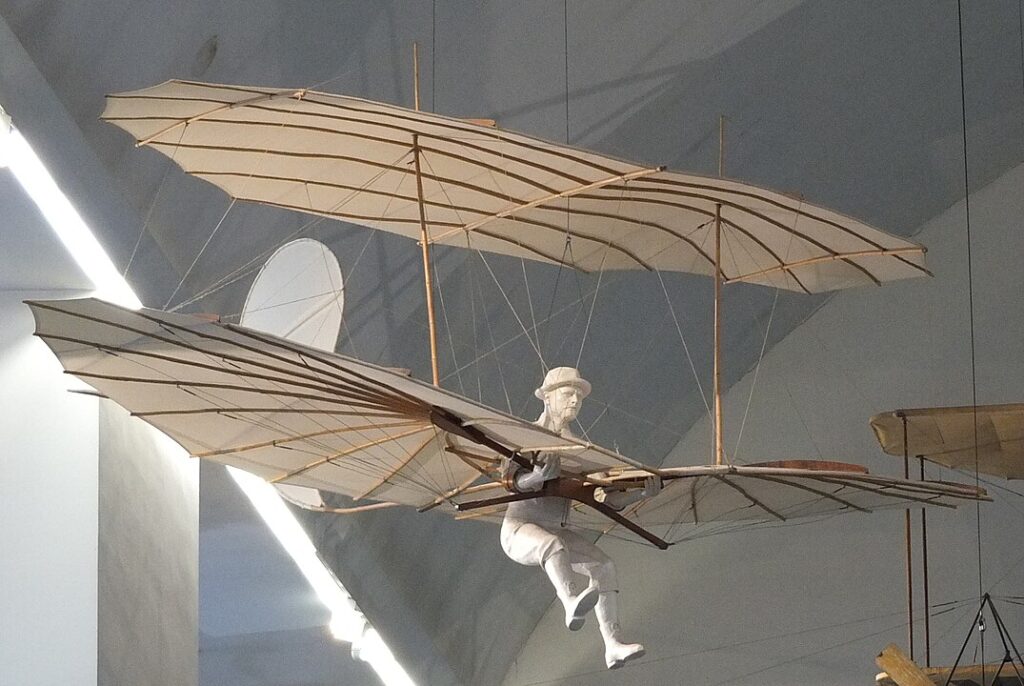
Before powered flight, Otto Lilienthal, a German aviation pioneer, successfully flew thousands of glider flights in the late 1800s. His work on aerodynamics and wing design influenced many early aviators, including the Wright brothers.
Early Aviation Was Driven by Competition
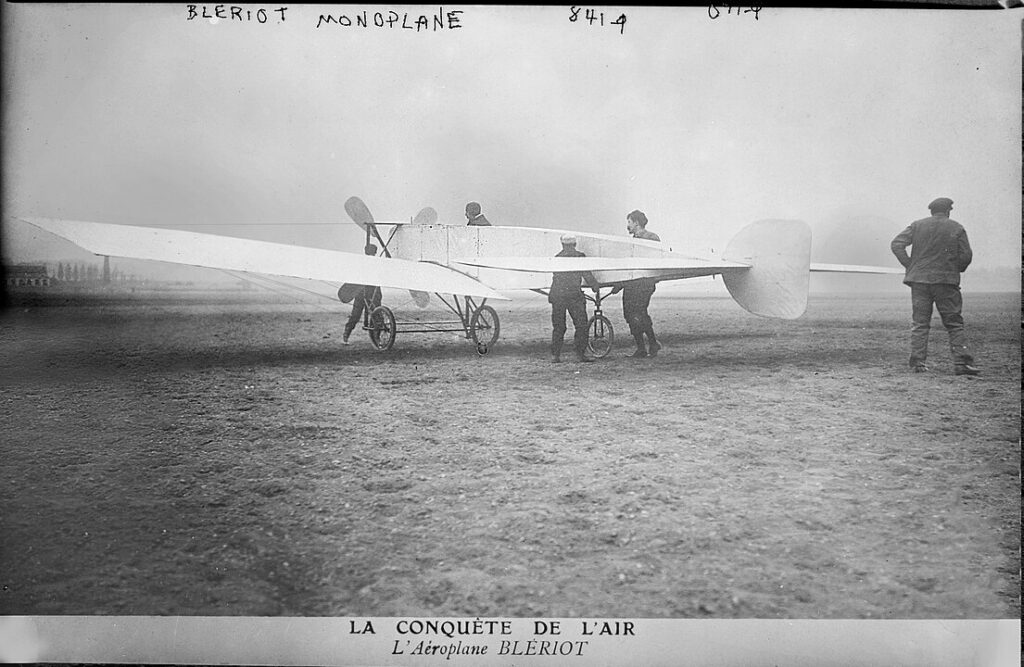
Contests and competitions played a significant role in advancing early aviation. The Daily Mail prize in 1909, offering £1,000 for a flight across the English Channel, spurred Louis Blériot’s successful crossing and propelled the development of aircraft capable of longer flights.
The Role of World War I
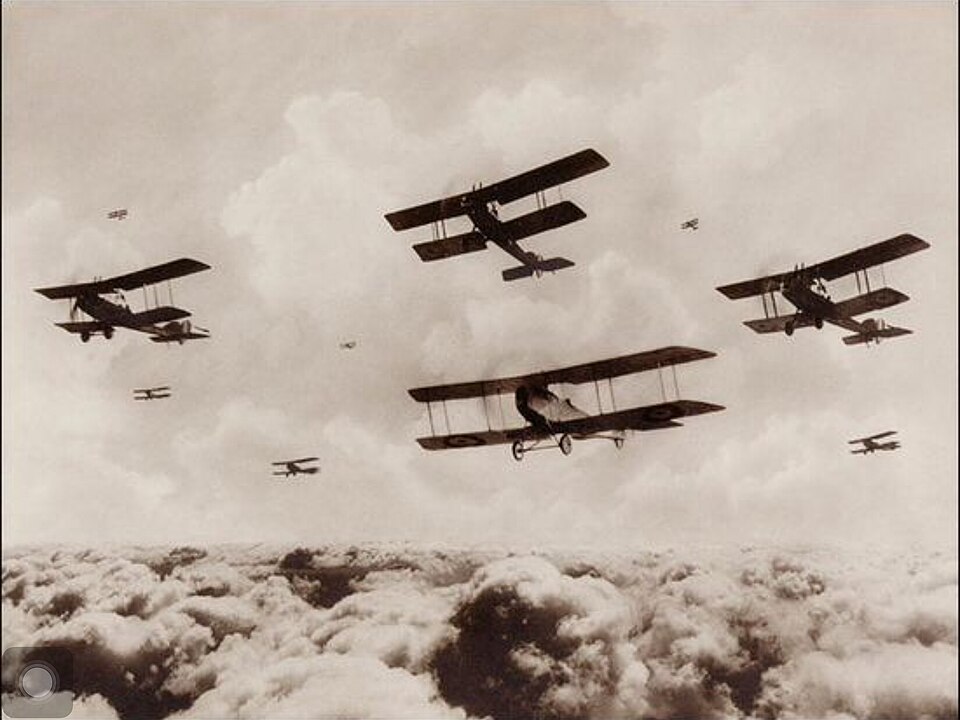
World War I accelerated the development of aviation technology, as aircraft were quickly recognized as strategic tools for reconnaissance and combat. Innovations during this time included more powerful engines, better maneuverability, and the creation of fighter planes, such as the Sopwith Camel.
Aviation’s Surprising Use in Airmail Services
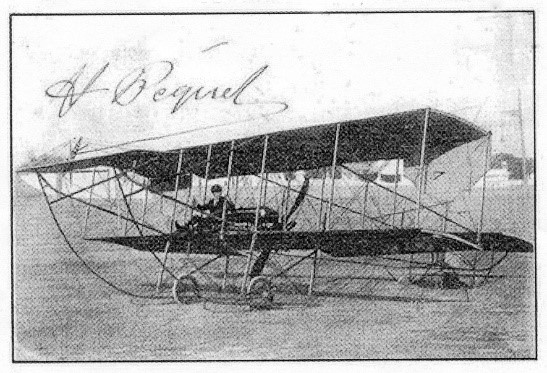
In 1911, aviation was used for something few expected: mail delivery. The world’s first official airmail flight took place in India, where mail was flown between Allahabad and Naini, marking the beginning of aviation’s role in global communications.
Women Pilots Broke Barriers Early On
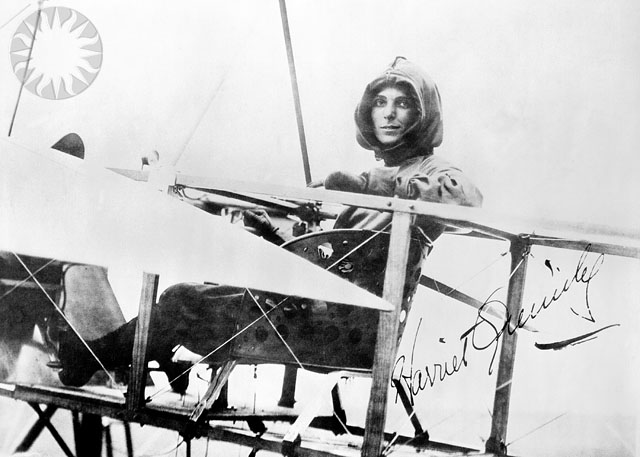
Although male pilots dominated early aviation, women like Harriet Quimby became pioneers. Quimby was the first woman to fly solo across the English Channel in 1912, breaking gender barriers in a field thought to be exclusively for men.
Bamboo Was Used in Early Airplane Construction
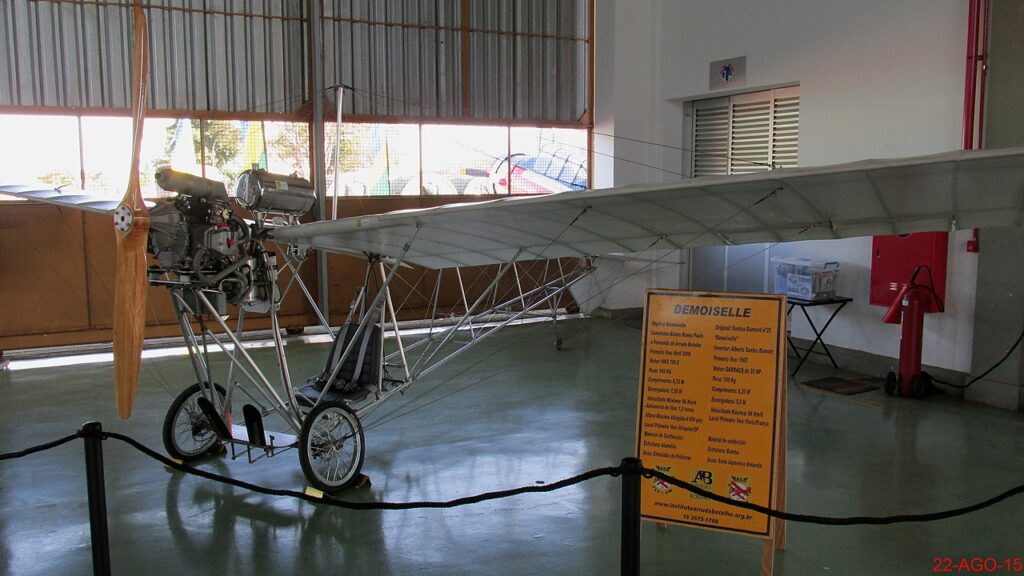
In the early 1900s, materials for airplane construction were experimental. Some designs, including Santos-Dumont’s Demoiselle, used bamboo for its lightweight properties. Though not as durable as metal, bamboo provided an early solution to weight concerns.
The Stuntmen of Aviation
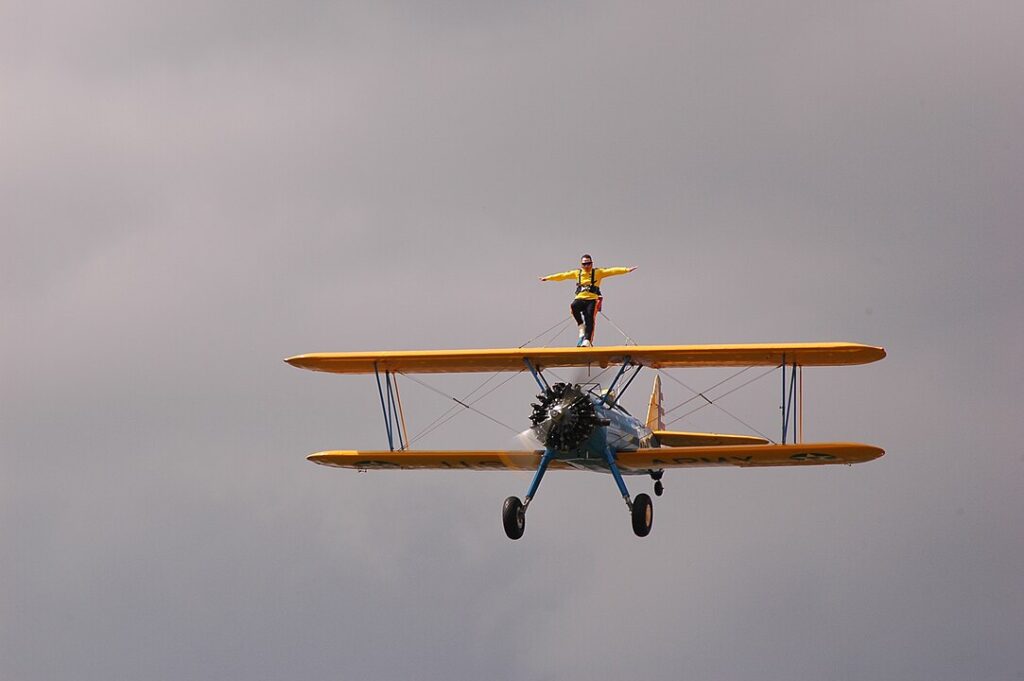
Before regulations were in place, early aviators often risked their lives in airshows to prove the capabilities of their aircraft. These stuntmen performed dangerous maneuvers, like looping the loop, to entertain crowds and promote aviation.
Military Aviation Started as Reconnaissance
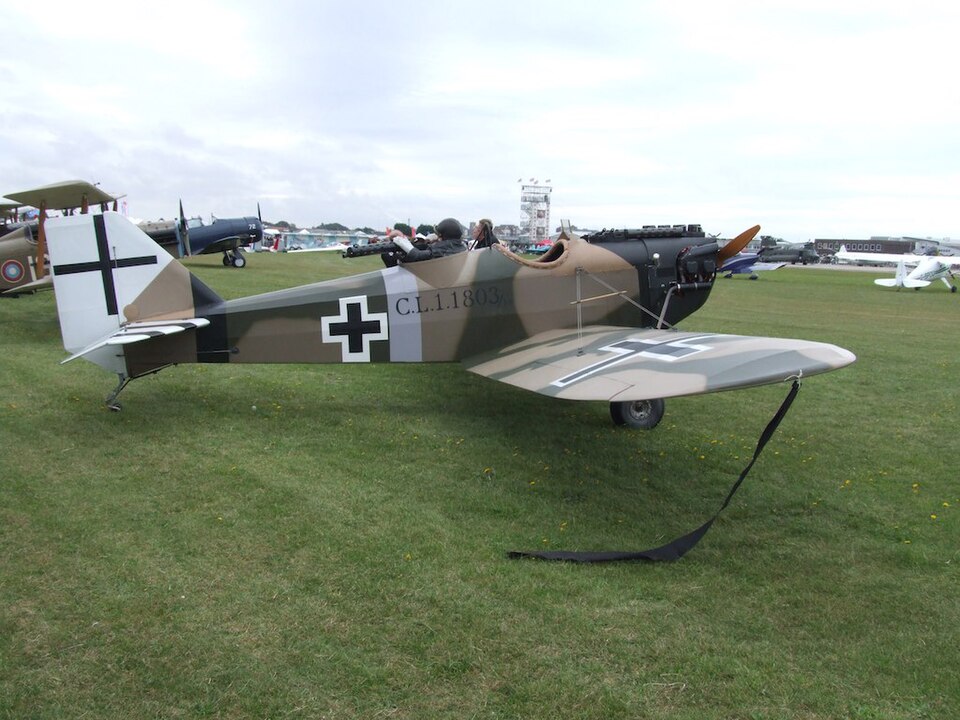
Aircraft in World War I were initially used only for reconnaissance missions, gathering intelligence from above. It wasn’t until later in the war that planes were armed and used in combat, changing the role of aviation in warfare forever.
Zeppelins Were the First “Airliners”
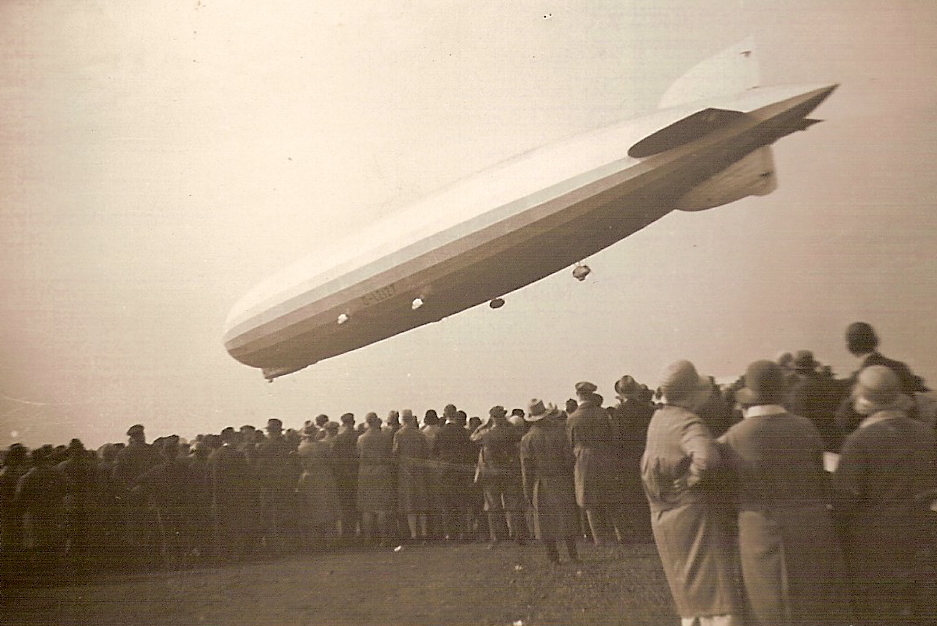
Before airplanes were capable of long-distance passenger flights, Zeppelins were used to transport passengers in luxury. The first Zeppelin flight for passengers occurred in 1910, providing early aviation enthusiasts a glimpse of air travel’s future.
Early Air Traffic Control was Rudimentary
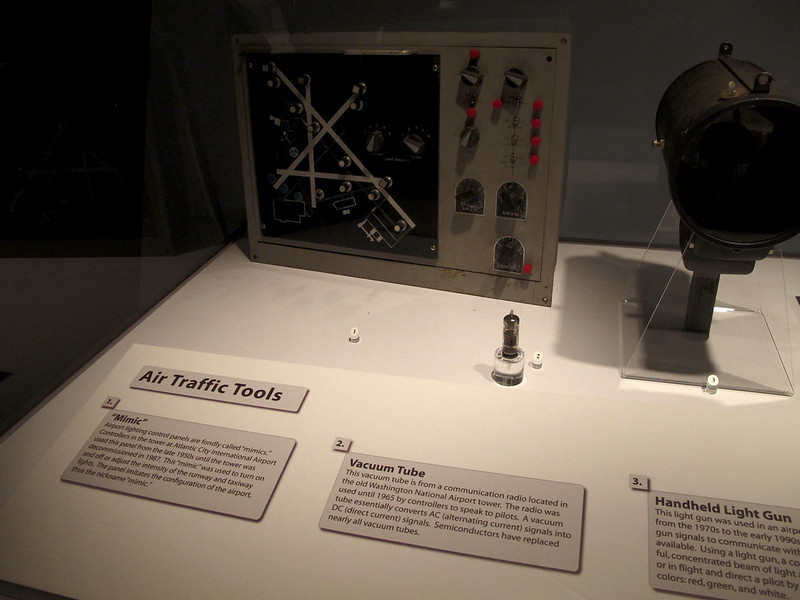
In the early days of aviation, there were no sophisticated air traffic control systems. Pilots relied on visual signals and basic communication tools, such as flags and flares, to coordinate takeoffs and landings.
Wind Tunnels Revolutionized Aerodynamics
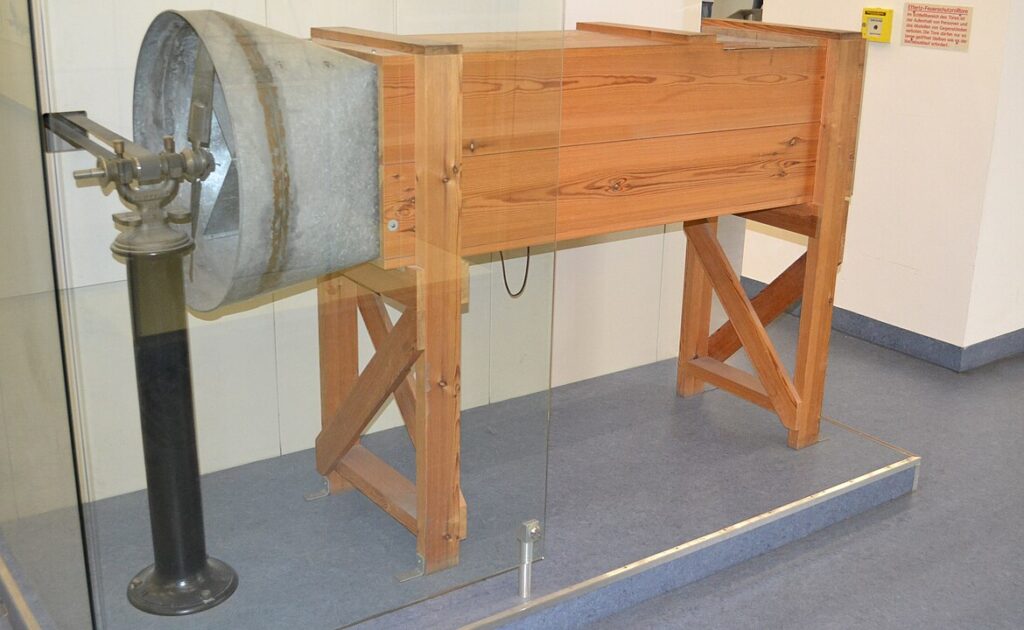
In 1901, the Wright brothers built a wind tunnel to test the aerodynamic properties of their aircraft models. This allowed them to refine their designs and improve the performance of their planes, setting a new standard in aircraft development.
The First Aircraft Carrier Was Created in 1910
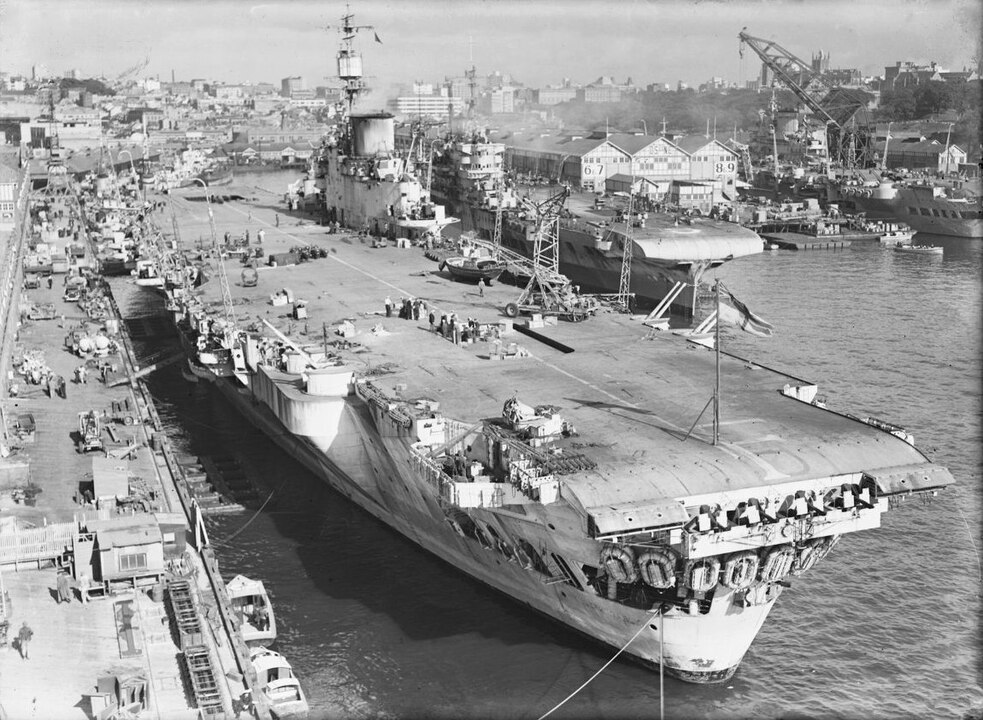
The U.S. Navy transformed the USS Birmingham into an experimental aircraft carrier in 1910. Eugene Ely, an aviation pioneer, successfully took off from the ship’s deck, demonstrating the potential of naval aviation.
Post-WWI Surplus Aircraft Boosted Civil Aviation
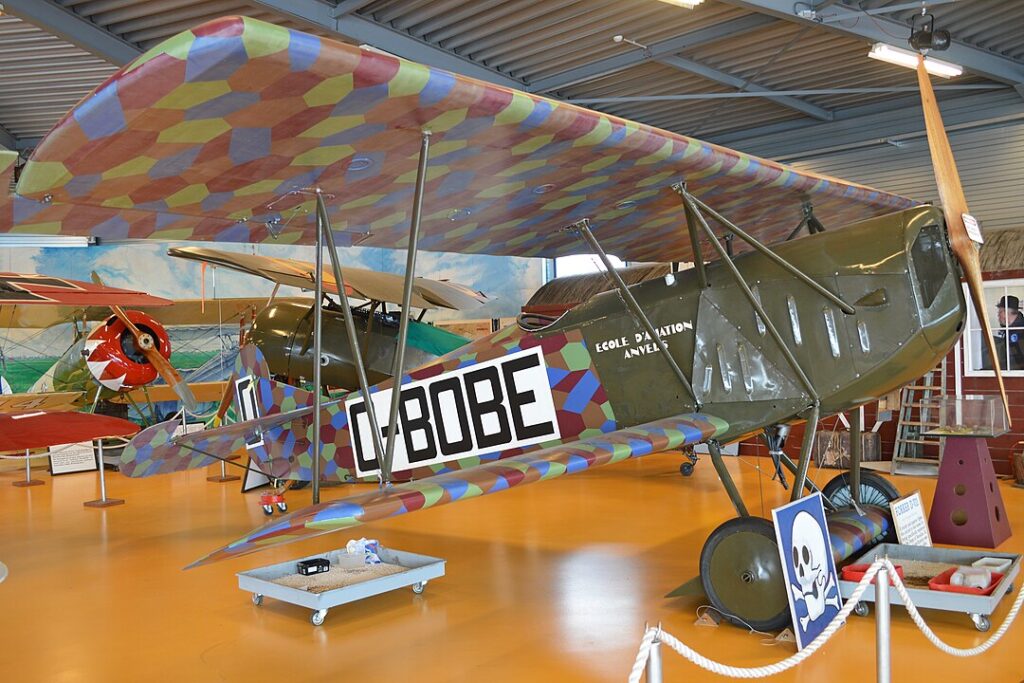
After World War I, many military aircraft were sold as surplus. These planes, repurposed for civilian use, helped kickstart the growth of commercial aviation, as entrepreneurs began offering passenger flights in former military biplanes.
Early Pilots Had No Formal Training
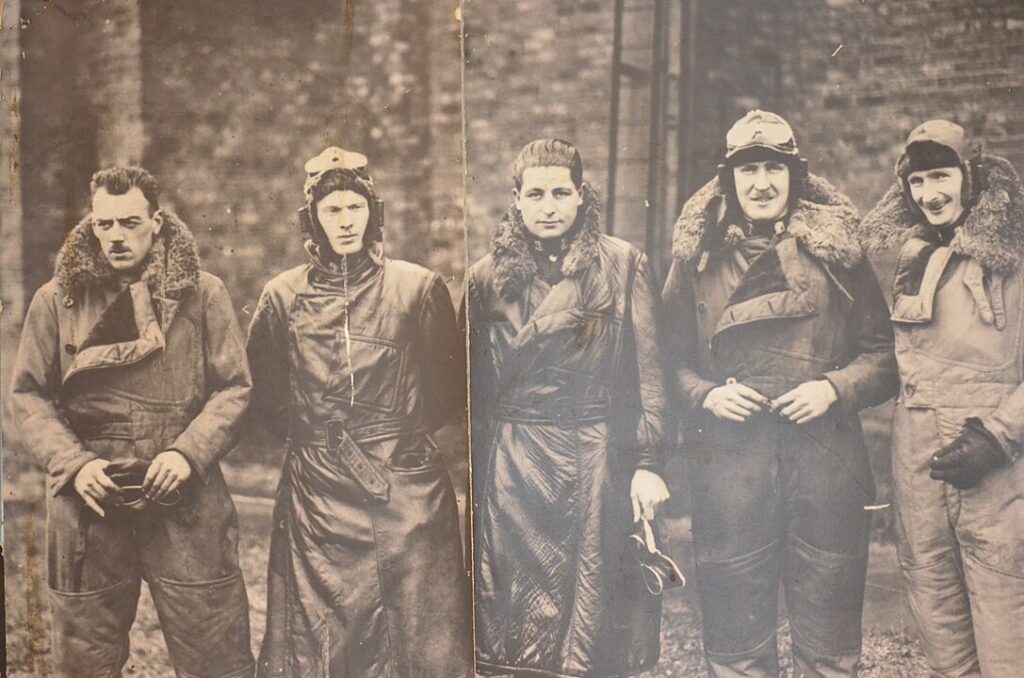
In the early 1900s, there were no flight schools. Aspiring pilots learned by trial and error, often buying or building their own aircraft. This lack of formal training led to a high number of accidents but also encouraged rapid innovation.
The First Commercial Airline Started in 1914
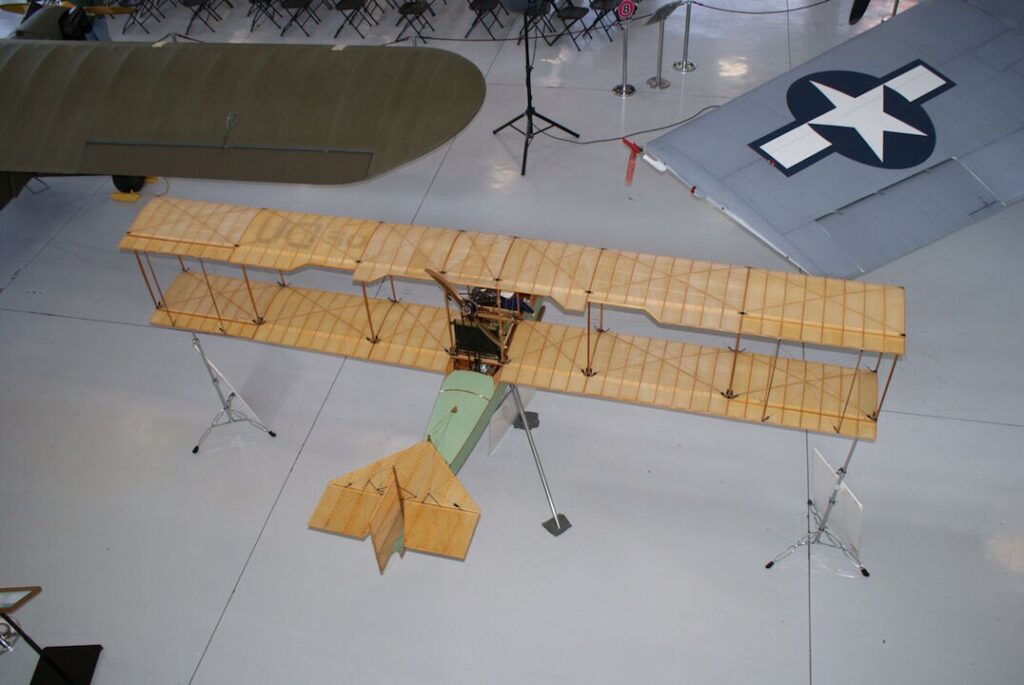
The world’s first scheduled commercial airline service began in 1914, flying passengers between St. Petersburg and Tampa, Florida. The airline used a Benoist XIV biplane and marked the start of regular air travel for civilians.
Aviation Pioneers Used Motorcycles as Inspiration
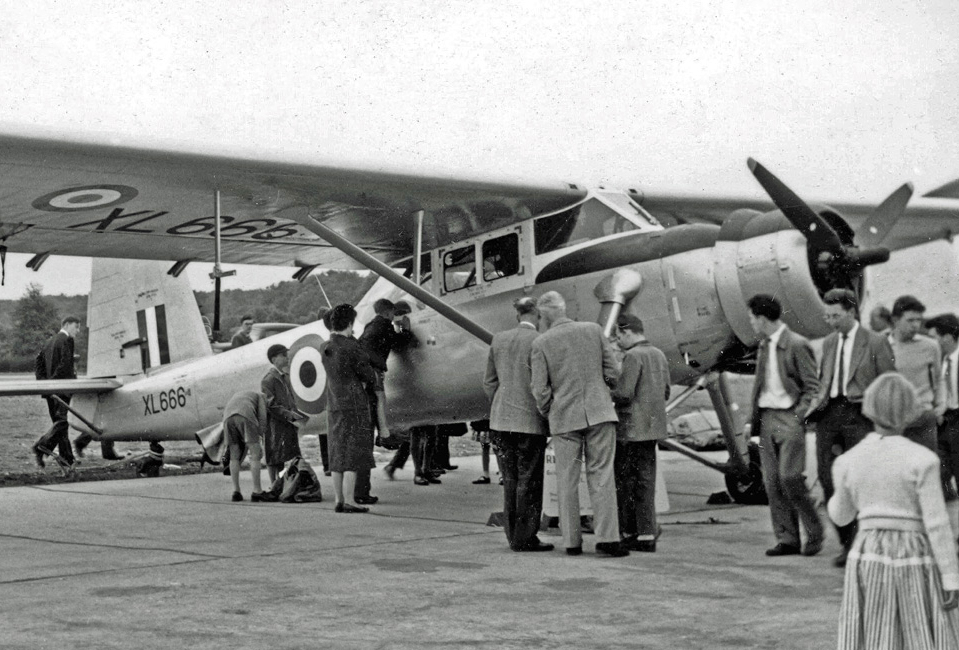
Some early aviation pioneers, including the Wright brothers, were inspired by the mechanics of motorcycles when designing aircraft. Lightweight engines and the need for balance influenced their aircraft designs.
The First Jet Engine Was Patented in 1930
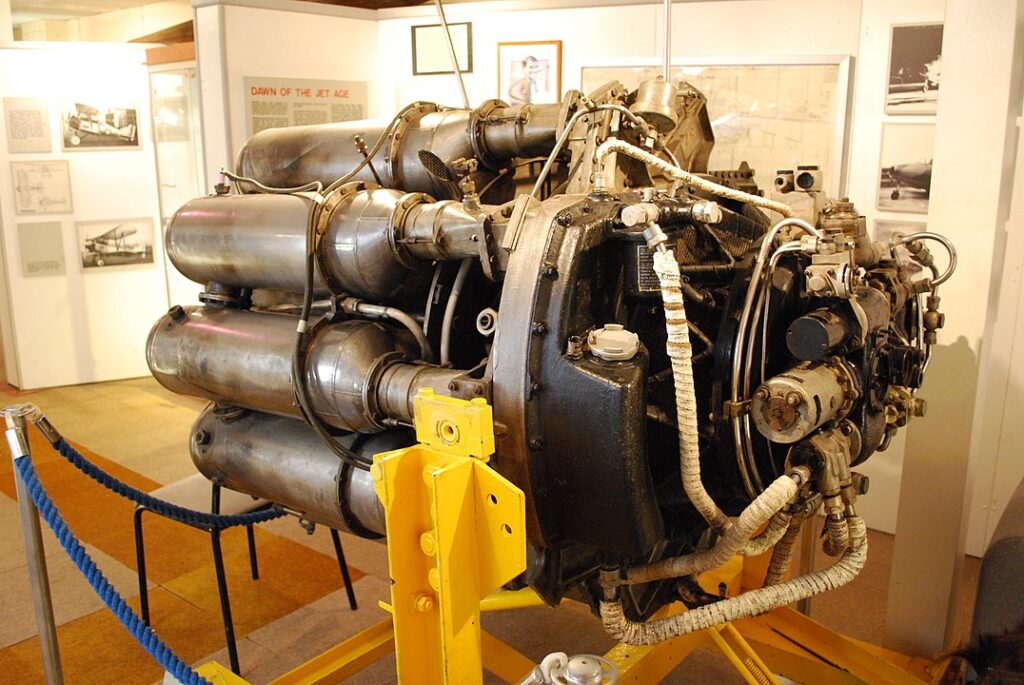
Frank Whittle, a British Royal Air Force engineer, patented the first turbojet engine in 1930. Although it took a decade to develop into a functioning jet engine, this invention laid the groundwork for modern high-speed air travel.
Weather Forecasting Was Crucial for Early Flights
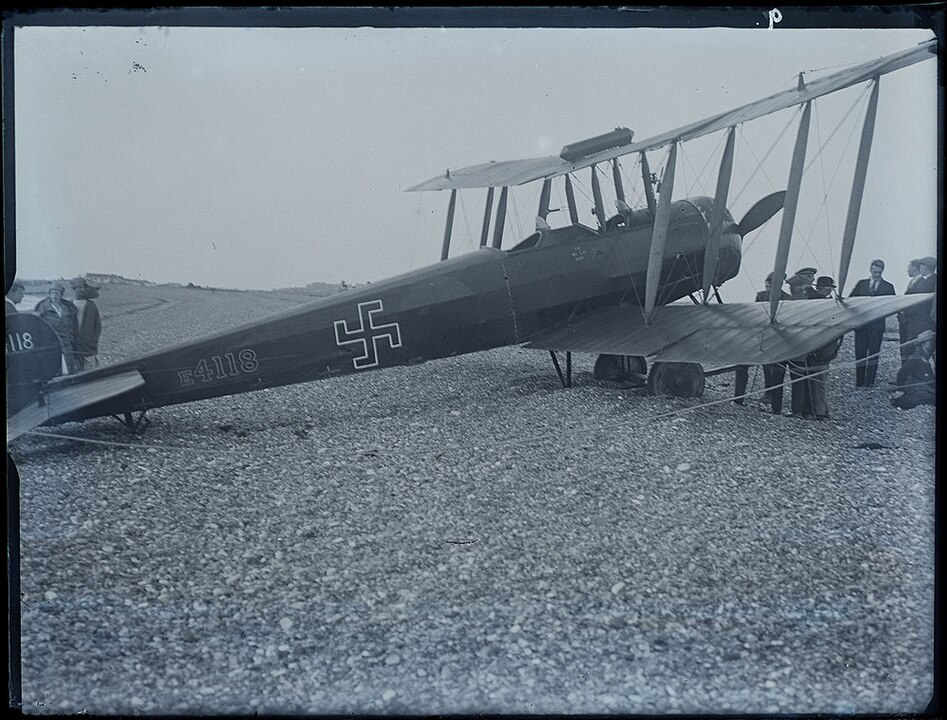
In the early days of aviation, pilots relied heavily on weather forecasts to ensure safe flights. Without modern navigation systems, bad weather could easily result in disaster, making meteorology a critical component of flight planning.
Helicopters Developed in Parallel with Airplanes
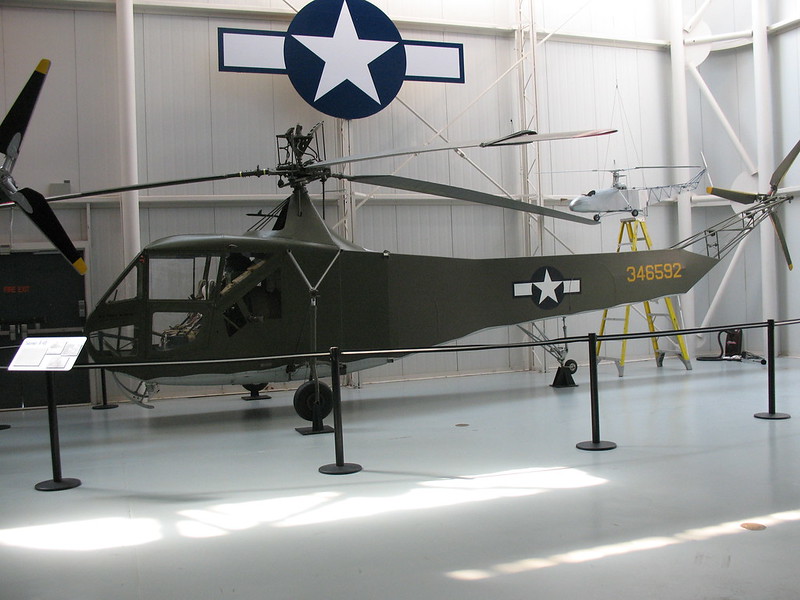
While fixed-wing aircraft were advancing, the development of helicopters was also underway. Igor Sikorsky designed one of the first successful helicopters in 1939, proving that vertical flight was possible and opening the door for new aviation possibilities.
Early Airport Designs Were Simple
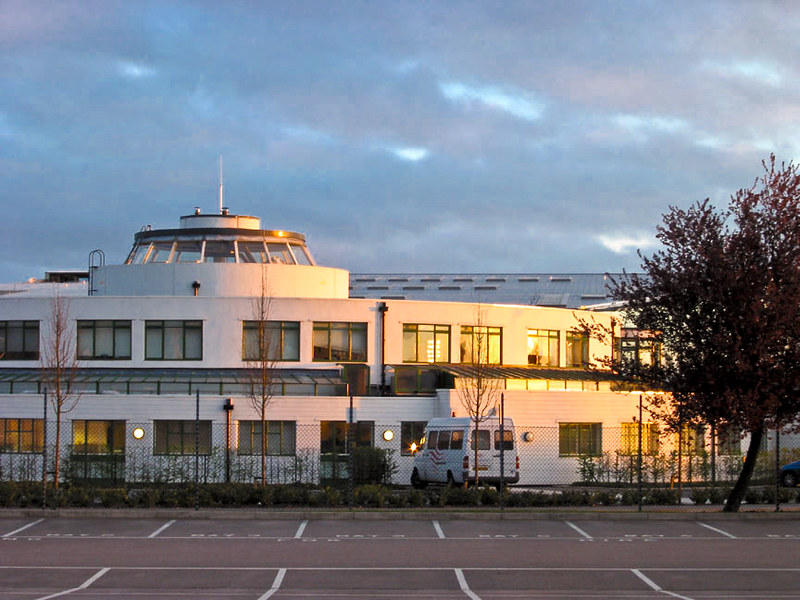
Airports in the early 20th century were far from the sprawling complexes we know today. Many early airports were little more than fields with a few hangars and a windsock, reflecting the nascent state of aviation infrastructure.
This article originally appeared on UnifyCosmos.
More from UnifyCosmos
20 Secrets to Throwing a Flawless Dinner Party

With a bit of planning, you can create a memorable evening for everyone. From setting the mood to serving delicious food, every detail counts. Here are some tips to help you host the perfect dinner party. Read more!
20 Unique Hobbies That Are Growing in Popularity

People are looking for unique ways to spend their free time. These unusual pastimes offer a break from the ordinary. Let’s explore some fascinating hobbies that are on the rise. Read more!
20 Unusual Facts About Japanese Shinto Mythology

From tales of powerful gods and spirits to the unique rituals that honor them, Shinto mythology offers a rich tapestry of unusual and captivating facts. These stories not only explain natural phenomena but also reveal deep insights into the spiritual worldview that continues to influence Japan today. Read more!
Leave a Reply